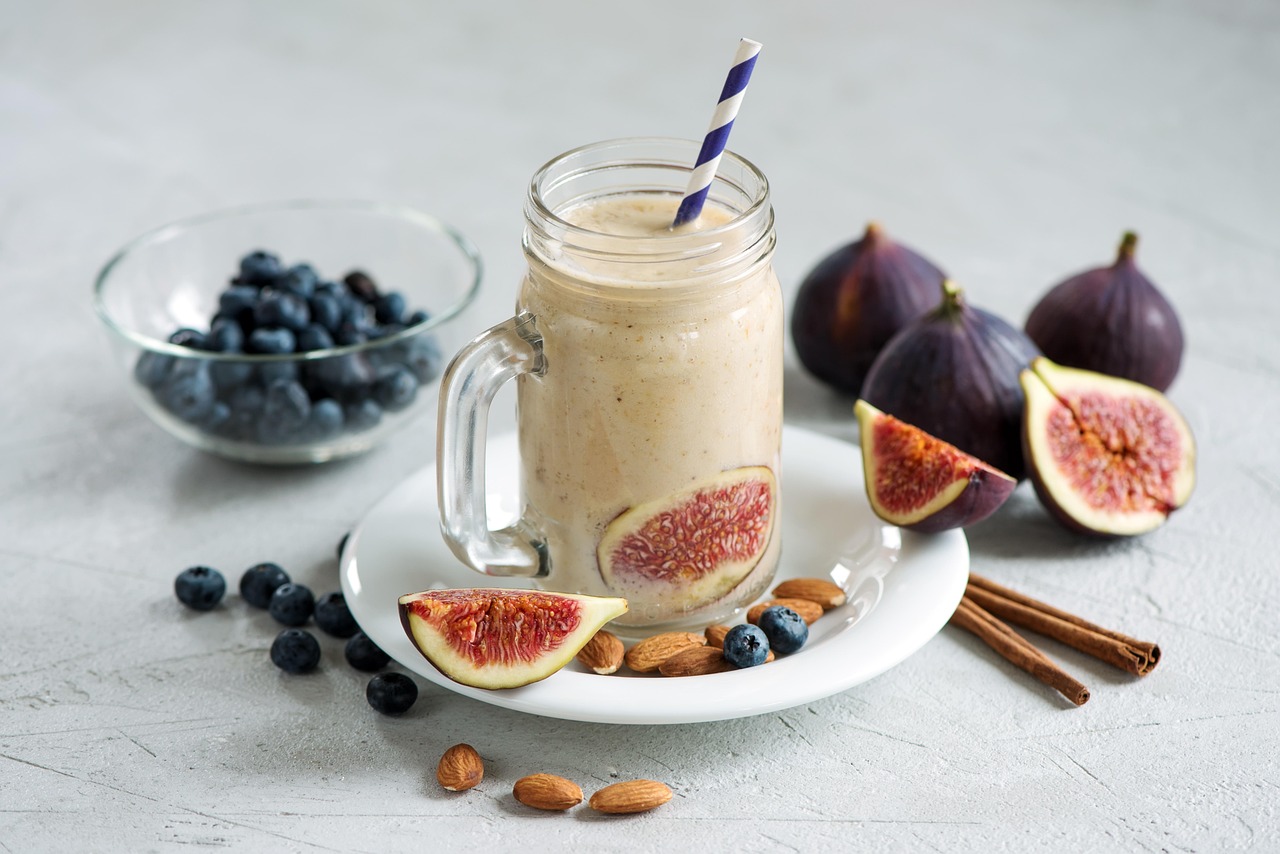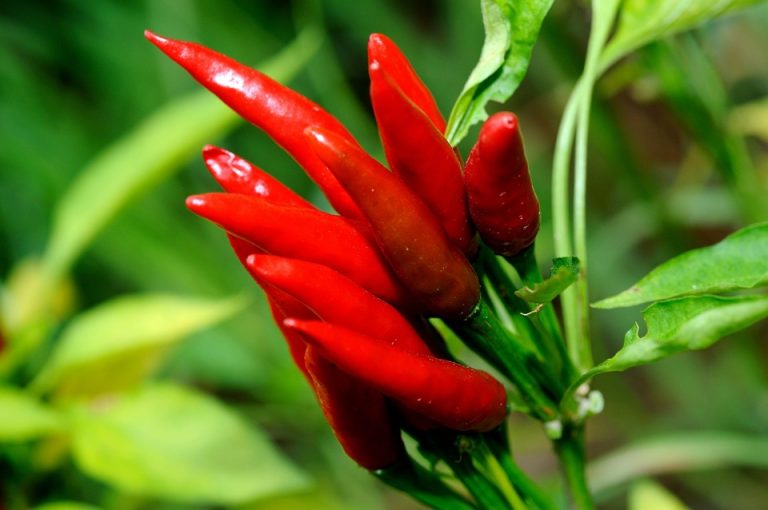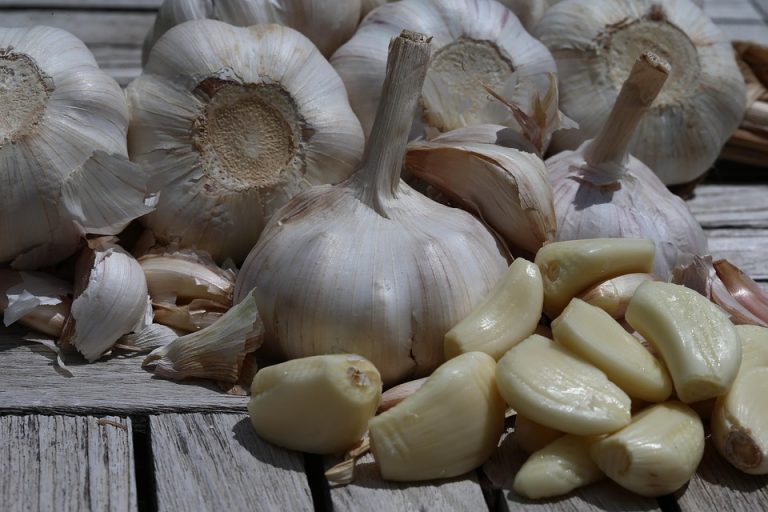Contents
Belly Fat Burning Drinks: 7 Refreshing Choices That Actually Help
Belly fat burning drinks are exactly what they sound like: tasty, easy-to-make beverages that support your metabolism, help control appetite, and nudge stubborn abdominal fat toward the exit door. You’re not chasing a miracle. You’re choosing small, smart swaps that give your body better fuel, less inflammation, and a calmer appetite — and that matters because your midsection shows stress, sleep gaps, and what you sip as clearly as what you eat.
I’ll be frank. No drink will melt fat while you sit on the couch. But the right belly fat burning drinks speed up the processes that matter most: blood sugar control, digestion, inflammation, and calorie quality. I’ll walk you through seven of my favorites, explain the science behind them, and give clear recipes and timing so you can make them part of your routine.
Why These Drinks Work — Science And Simple Truths
Start with the facts. Studies from reputable institutions show that certain ingredients — green tea catechins, vinegar, protein, probiotics, and soluble fiber — influence appetite, insulin response, and fat oxidation. Harvard researchers have written about green tea’s effects on metabolism, and clinical trials from university hospitals have explored apple cider vinegar for post-meal blood sugar control. This is evidence, not hype.
What matters to you is results. These beverages reduce cravings, improve digestion, and can increase the number of calories your body uses at rest. Combine them with a reasonable diet and movement, and they become powerful allies. Below, each drink includes why it helps, a simple recipe, and when to drink it for maximum benefit.
1. Green Tea With Lemon And Mint
Green tea is the quiet star. It contains catechins — especially EGCG — which support fat oxidation and metabolic rate. Add lemon for vitamin C and mint for digestion; suddenly a humble cup feels like armor.
Why it helps: Green tea raises energy expenditure and supports the breakdown of fat, especially when consumed regularly. Lemon improves taste and vitamin absorption, while mint soothes bloating.
Recipe: Brew one green tea bag in 8–10 ounces of hot water for 3 minutes. Squeeze half a lemon, add a few mint leaves, and let it cool if you prefer iced. Sip slowly.
When to drink: One cup mid-morning and one after lunch. Two cups daily are enough to see benefits without caffeine overload.
2. Apple Cider Vinegar Tonic
Apple cider vinegar (ACV) is more than a pantry oddity. When diluted, it reduces post-meal blood sugar spikes and helps you feel full longer. That translates to fewer afternoon grazes and less belly storage.
Why it helps: Studies from university research teams show ACV can blunt glucose response after carbs, which reduces insulin — the hormone that encourages fat storage.
Recipe: Mix 1–2 teaspoons of raw, unfiltered ACV in 8 ounces of water. Add a dash of cinnamon and a squeeze of lemon for flavor.
When to drink: Take it before a high-carb meal or first thing in the morning. Don’t drink undiluted — that will hurt your teeth and throat.
3. Protein-Packed Greek Yogurt Smoothie
Protein is a burner’s best friend. A high-protein breakfast or snack curbs appetite and preserves muscle while you lose fat. Greek yogurt delivers protein and probiotics in one cool, creamy drink.
Why it helps: Protein increases satiety and the thermic effect of food — your body burns more calories digesting it. Probiotics may also support a healthy gut microbiome tied to weight regulation.
Recipe: Blend 6 ounces plain Greek yogurt, ½ cup berries, 1 tablespoon chia seeds, and ½ cup water or unsweetened almond milk. Optional: a small handful of spinach for greens.
When to drink: Morning or post-workout. This keeps you full through late morning and supports muscle recovery.
4. Cinnamon And Ginger Infusion
Cinnamon and ginger are warming, delicious, and functional. Cinnamon helps stabilize blood sugar. Ginger speeds digestion and reduces inflammation, which can hide as belly bloat.
Why it helps: Cinnamon reduces insulin spikes after meals, and ginger promotes gastric emptying, so you’re less likely to feel heavy and sluggish.
Recipe: Simmer a slice of fresh ginger and a cinnamon stick in 12 ounces of water for 10 minutes. Strain, sip warm or chill for iced tea.
When to drink: Before meals to ease digestion and after heavy dinners to reduce bloating.
5. Cold-Pressed Veggie Juice With Celery And Cucumber
Not all juices are created equal. Stick to low-sugar vegetables and a touch of lemon. Celery and cucumber are hydrating, low-calorie, and packed with minerals that support detox pathways.
Why it helps: Hydration and electrolyte balance reduce water retention and bloating. Low-sugar vegetable juices provide nutrients without the insulin spike fruit juices cause.
Recipe: Juice 2 celery stalks, 1 cucumber, ½ lemon, and a handful of parsley. Add a sprinkle of sea salt if you sweat a lot.
When to drink: Mid-afternoon when energy dips. It’s crisp, refreshing, and keeps snacking away.
6. Matcha Latte With Unsweetened Almond Milk
Matcha is powdered green tea loaded with concentrated catechins and a calm, sustained caffeine lift. It’s perfect for focus and fat mobilization without the jitter.
Why it helps: Matcha provides a stronger dose of EGCG than regular steeped green tea, and the combination with healthy fats like almond milk slows absorption for steady energy.
Recipe: Whisk 1 teaspoon matcha in 2 ounces hot water until frothy. Add 6 ounces unsweetened almond milk and a dash of cinnamon. Sweeten lightly with stevia if needed.
When to drink: Mid-morning — not too late to avoid sleep disruption.
7. Probiotic Kefir With Flaxseed
Gut health and body composition are linked. Kefir gives you probiotics, and flaxseed supplies soluble fiber that feeds good bacteria and helps reduce visceral fat.
Why it helps: A balanced microbiome can influence energy extraction from food and inflammation. Flaxseed’s soluble fiber forms a gel in the gut that slows digestion and stabilizes blood sugar.
Recipe: Stir 1 cup plain kefir with 1 tablespoon ground flaxseed and a few berries. Let sit for 5 minutes so the flaxgel forms.
When to drink: With breakfast or as a late-afternoon snack. If dairy bothers you, use a dairy-free kefir alternative.
How To Use These Drinks Without Wasting Time
You don’t need all seven every day. Pick two or three that fit your taste and schedule, and rotate them. Consistency beats variety when the goal is fat loss.
Timing matters. Have a protein-rich drink in the morning, a green tea or matcha mid-morning, and a hydrating veggie juice or ACV tonic around meals that tend to tip you into overeating. Use whiskey-flat portions: small but intentional.
Don’t forget the basics. These drinks work best with real food, adequate sleep, and strength training. Think of them as strategic allies, not substitutes for healthy habits.
How Much And How Often
Moderation keeps you safe and effective. Aim for:
- 1–2 cups of green tea or matcha daily.
- ACV tonic once daily before a carb-heavy meal.
- One protein smoothie or kefir snack per day.
- Hydrating juices 2–3 times a week, not as meal replacements.
If you have medical conditions or take medication, check with your doctor, especially about ACV and cinnamon interactions with blood sugar medication.
Tips To Amplify Results
Small moves, big returns. Here are practical changes that pair beautifully with your drinks.
- Swap sugary sodas and sweet coffees for these drinks. The calorie savings add up.
- Add a squeeze of lemon to most beverages — it improves taste and supports digestion.
- Stay hydrated with plain water between drinks to help appetite control.
- Pair a protein drink with 15–20 minutes of brisk walking after meals to improve glucose control.
- Keep portions reasonable — drinks can carry hidden calories if you overdo nuts, sweeteners, or fruit.
Safety And Realistic Expectations
These recipes are safe for most healthy adults, but they’re not magic. Expect gradual changes: less bloating, fewer cravings, and improved energy within weeks. Visible belly fat reduction requires consistent caloric balance and muscle-preserving activity.
If you’re pregnant, breastfeeding, or on medications like insulin or blood thinners, consult your provider. Certain concentrated herbal teas and large amounts of cinnamon or ACV can interact with medications.
Bottom Line
Bold changes start with small choices. These seven belly fat burning drinks give you practical, science-backed ways to cut cravings, steady blood sugar, and reduce bloating. Drink them smartly, pair them with quality food and movement, and your body will respond. You’re not punishing yourself. You’re choosing better ways to feel lighter, calmer, and more in command.
Stay consistent. Pick two favorites and make them non-negotiable. Watch how your appetite, energy, and waistline respond.
Bold, practical, and true — that’s the promise.
References
FAQ
FAQ
Will these drinks melt belly fat by themselves?
No. These drinks support fat loss by improving blood sugar control, lowering inflammation, and reducing appetite. Combine them with balanced meals and regular exercise for meaningful results.
How quickly will I see changes in my belly?
Expect small changes — less bloating and fewer cravings — within 1–3 weeks. Visible reductions in stored belly fat usually take 6–12 weeks with consistent nutrition and activity.
Are there any side effects I should watch for?
Mild effects can include digestive upset from ACV or cinnamon if taken in excess. If you have medical conditions or take medications, consult your clinician before starting concentrated herbal or vinegar-based drinks.
Which drink is best to start with?
Begin with the green tea or the protein-packed smoothie. They’re easy, pleasant, and offer immediate appetite and energy benefits.
References
Natural Medicines Comprehensive Database provides research summaries on green tea and its catechins (http://www.ncbi.nlm.nih.gov/pubmed/12709443).
Harvard T.H. Chan School of Public Health explains the role of apple cider vinegar and blood sugar control (http://www.hsph.harvard.edu/nutritionsource/).
Mayo Clinic offers guidance on probiotics, digestive health, and kale-ingested approaches to gut balance (http://www.mayoclinic.org/healthy-lifestyle/nutrition-and-healthy-eating/in-depth/probiotics/art-20045356).
National Institutes of Health provides clinical trial information on cinnamon’s metabolic effects (http://www.nih.gov/).
Centers for Disease Control and Prevention discusses the connection between diet, inflammation, and chronic disease risk (http://www.cdc.gov/).








